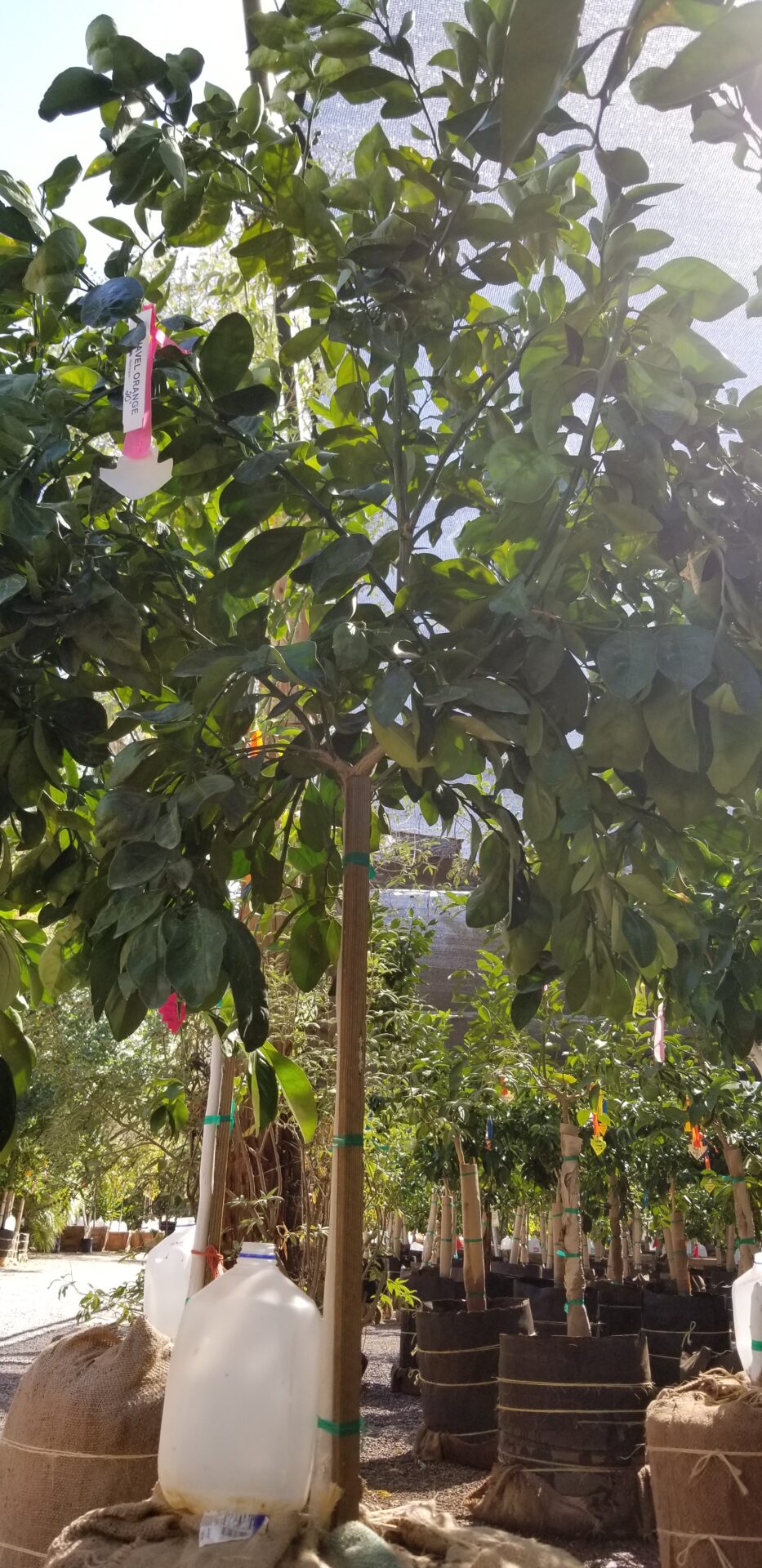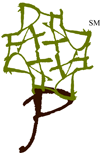Services
Extensive Tree Care Services
Planting

Tree selection
Choose the right tree for the right place. Define short and long-term expectations. Think of climate change trends.
Tree placement/orientation
Will your permanent branches be in something’s way as they get bigger/wider? Locate underground utilities before you dig!
Hole Width
New tender roots need a soft soil around them in order to grow laterally and provide a solid anchor.
Hole depth/root collar
Trees planted too deep will develop a weak root system and may develop root rot. A weak root system is more prone to insect and disease issues and can stunt tree growth. Some species develop bark problems from being buried too deep. I see all this way too often… my pet peeves!!
Girdling roots
Girdling roots need to be pruned and/or repositioned at planting time to prevent them from choking on each other as they grow in size, and also to allow proper anchoring.
Stake/no stake
Not all trees need to be staked at planting time. If they do, they need to be allowed to move within the staking system, and that system needs to be removed once the trunk is solid enough to hold straight without help.
Irrigation
We live in the desert: water matters a lot! Think short, medium, and long-term. Learn how to control and adjust your timer. Mature trees DO need water. Many trees live in the desert without irrigation systems. But water stress will keep them from reaching their full potential and will make them more prone to pest and diseases. They often have a short life. The ones that thrive will have branch failures from weak branch unions and accumulated end weight.
Pruning
Why?
Not all trees need pruning. But most trees within a landscaped yard will need to be pruned for functionality, to enhance their purpose in that landscape, reach their full potential/purpose, and/or as a means to mitigate risk. You can work with me to define what the pruning objectives should be, before work starts.
If you are unsure about the risk(s) a certain tree pose(s), you can also hire us to conduct a thorough tree risk assessment. Dominique became “ISA Tree Risk Assessor Qualified”, in the Spring of 2016.
How?
Pruning is a combination of art and science, applied by highly skilled professionals.
Art because every tree is genetically unique.
Everything else being equal, not two trees will grow identically, structurally speaking. Some have single trunks, others have multiple trunks/stems starting at the base of the tree. Within one tree you will find strong and weak branch attachments. No two trees will respond to pruning the same way.
Some aggressively replace the foliage/photosynthesis material you remove, requiring more frequent pruning. Others take their time. Some of those differences are species-specific.
Science because where and how you make a cut, small or large, will determine how your tree will grow from this point on, and to what extent it can compartmentalize (or “close”) each pruning wound.
Improper pruning by leaving stubs behind or by making flush cuts can encourage decay and dieback and/or “suckering”. That leaves your tree looking nothing like its natural self, and can create long term hazard issues. Some species specifics also occur here: you have good compartmentalizers, and not-so-good ones.
All that knowledge needs to be incorporated into each pruning cut. That is why you want a highly trained and experienced crew like ours, and why you should expect to pay for those services accordingly. You definitely “get what you pay for” in the tree care business.
Structural pruning
As early as possible in the life of a tree, structural pruning needs to be done to ensure a sturdy, functional and aesthetically-pleasing branch structure that meets your long-term objectives.
In a perfect world, choosing a strong central leader and a set of uniformly distributed lateral limbs with as few crossing limbs and weak branch attachments as possible, is done at the time you purchase a tree.
If you did not pick, or inherit, the perfect tree to begin with, careful pruning over a period of time can help give your tree the direction you want.
Other Services
Removal/Stump grinding
Removals are about planning ahead. Obstacles and targets need to be identified. The removal method chosen comes with its own set of equipment (crane? trailer and/or chip truck?), tools (chainsaw size(s), dolly’s), and gear (rigging ropes?). Safety aspects need addressing: are street and sidewalk traffic protected? Is neighbor cooperation required in advance?
Many trees grow back from roots if you leave their stumps above grade. Stumps can also be a tripping hazard. The best way to avoid this is by grinding that stump below grade, getting rid of the bulk of the root ball. If a new tree is to be planted at the same place, that stump will have to be ground up wider and deeper.
As is the case with digging holes for planting, underground utilities need to be identified prior to grinding. We can take care of that blue-staking process for you.
Fertilization
The soil we have in the Phoenix area is very poor in organic matter. It also lacks many macro- and micro‑nutrients. If your trees are native species, or well adapted to desert conditions, are planted at the right place, and are properly irrigated, chances are they can be perfectly healthy, and grow at a desirable rate, without fertilizing their root zones.
If instead you have more exotic species, fruit trees, if your trees are weak from the stresses of insect/disease, or if you just want your trees to grow bigger and faster (and to see me more often!) then we need to discuss fertilization. We like to use a slow-release, liquid fertilizer which we inject within the root zones.
Your trees need nutrients 12 months per year because they are constantly working on producing what they need, short and long term. Applying our product every 6 months is sufficient to achieve that objective.
Bracing/Cabling
Weak branch attachments and co-dominants, if not eliminated via structural pruning, sometimes need to be braced and cabled in order to reduce the risk of a split. The trauma caused by the hardware installation is a small fraction of the trauma caused by a split.
Root collar excavation
Trees are often planted too deep to begin with. Other times the natural grade is raised due to construction or landscaping projects. This can result in your root collar being buried under grade level. Root collar tissues need to “breathe” to be healthy. Without enough oxygen those tissues suffocate and can weaken your root system, causing many long term health problems.
Excavating a root collar means gently removing dirt, debris and ground coverage (granite, grass, mulch) away from the trunk of the tree, going downwards and out, until we find the root collar. Hand tools or an air spade are used to minimize root damage.
The time involved in excavation depends of course on how deep the collar is buried. Which we never know until we start digging! So we charge an hourly fee for that service.
Pest/Disease Diagnosis
Many problems can be fixed if caught in time, so call us as soon as you suspect something is wrong with your trees. Get familiar with the way your leaves, branches, trunks, surface roots look like, so you can tell when something is "off". There is a fee for that diagnosis visit. Chances are we can put our finger on the problem and recommend a course of action.
Do I Really Need an Arborist?
Arborist vs Certified Arborist:
Anyone can call themselves an “arborist”, without experience or qualification. A Certified Arborist is a different story. Only the International Society of Arboriculture (I.S.A.), based out of Illinois, offers an arborist certification program. You become an ISA Certified Arborist by passing the certification exam, which seriously tests your knowledge of tree biology, tree pruning, fertilization, plant health care, tree identification and selection, safety, etc.
It doesn't end there. In order to keep your certification current you have to earn a certain number of "continuing education units" every three years.
Those are obtained by participating in local, national and international conferences and classes. It allows us to review already learned basic science and practices, and to keep abreast of new research and developments, and ever-changing industry standards.
Years of experience are a prerequisite to taking the test. Once you pass the test, the ISA gives you a certification number. Mine is WE-8164A. You can verify an arborist credentials by visiting the ISA website. Please do!! https://www.isa-arbor.com/


